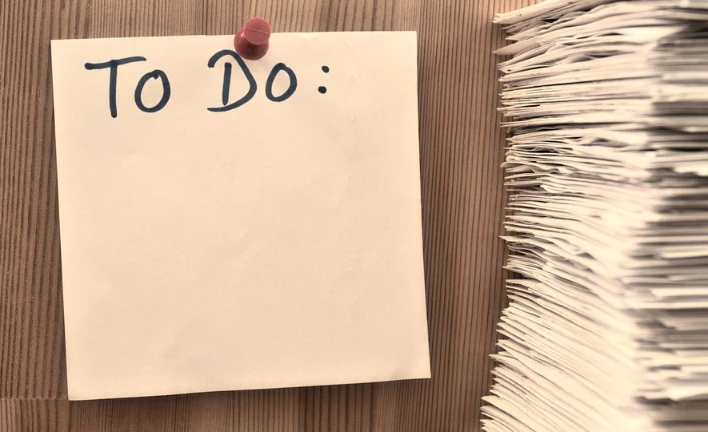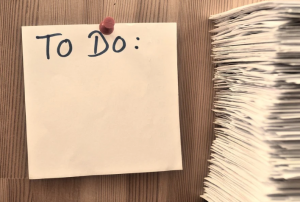Preventing Radioactive Gas in New Construction: Building Resilient Homes
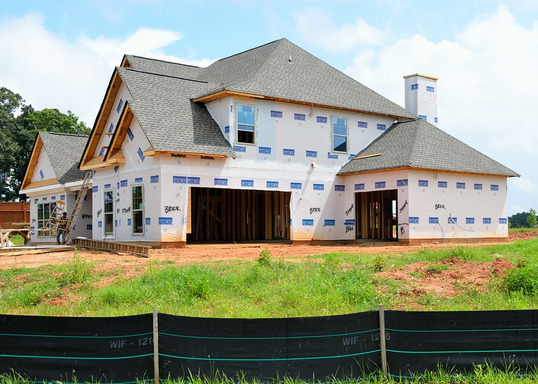
When we think of building resilient homes, we often focus on factors like durability, energy efficiency, and structural integrity. However, there’s another crucial aspect that often goes unnoticed: preventing the intrusion of radioactive gas, specifically radon, into our living spaces.
Radon testing kits are an essential tool for homeowners and builders alike to assess radon levels and ensure that homes are safe from this invisible threat. These kits are readily available and easy to use, allowing individuals to monitor radon levels in their living spaces periodically. In this article, we’ll explore the importance of addressing radon during new construction and how builders can create homes that are not only resilient but also safe from radon risks.
Understanding Radon and Its Risks
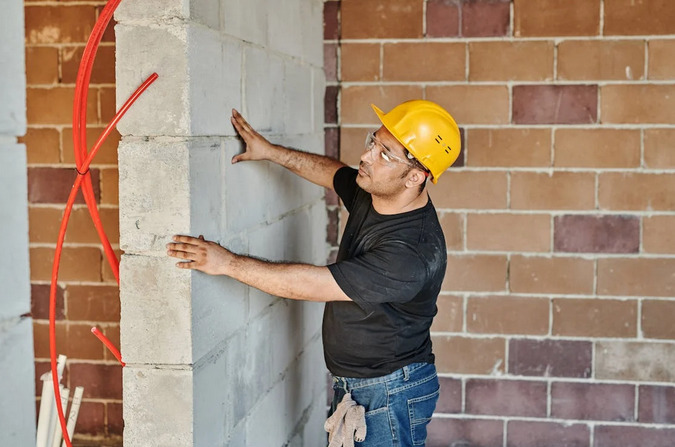
Radon is a naturally occurring radioactive gas that forms from the decay of uranium in soil, rocks, and water. It is invisible, odorless, and tasteless, making it undetectable without specialized testing. When radon enters enclosed spaces like homes, it can accumulate to levels that pose health risks, particularly an increased risk of lung cancer. In fact, radon exposure is the second leading cause of lung cancer after smoking, according to the U.S. Environmental Protection Agency (EPA).
The Role of New Construction in Radon Prevention
New construction offers a unique opportunity to implement radon-resistant techniques that can significantly reduce radon entry and accumulation in homes. By integrating radon prevention measures during the building process, builders can create resilient homes that prioritize indoor air quality and occupant health.
Key Radon Prevention Strategies for New Construction
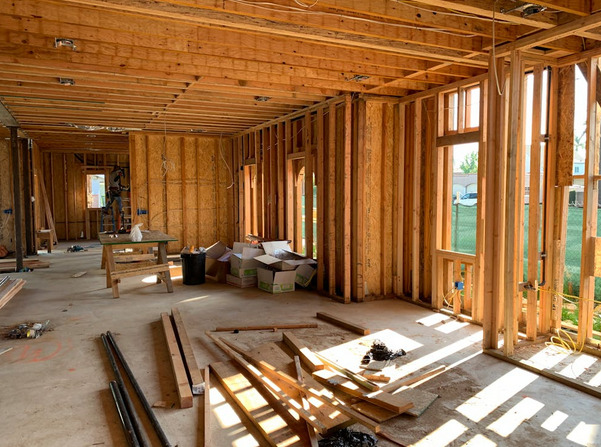
- Soil Gas Retarder Installation: Installing a soil gas retarder, such as a vapor barrier or membrane, beneath the concrete slab foundation can prevent radon gas from seeping into the home through the ground.
- Sealing Foundation Cracks and Gaps: Properly sealing cracks, gaps, and openings in the foundation and walls can minimize radon entry points and create a more airtight building envelope.
- Ventilation Systems: Incorporating passive or active ventilation systems, such as sub-slab depressurization or radon vent pipes, can effectively remove radon gas from beneath the home and vent it safely outside.
- Testing and Verification: Conducting radon testing during and after construction ensures that radon levels remain within safe limits. Verification testing can confirm the effectiveness of radon prevention measures and identify any areas for improvement.
Benefits of Radon-Resistant Construction
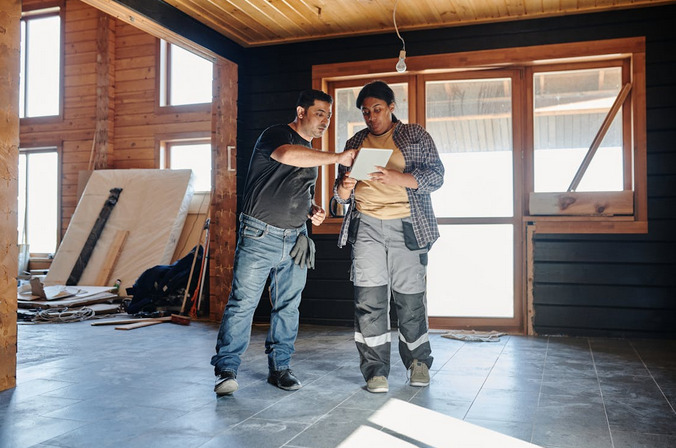
- Healthier Indoor Air Quality: Radon-resistant construction significantly reduces radon levels indoors, leading to healthier indoor air quality and reducing the risk of radon-related health issues.
- Increased Property Value: Homes with radon-resistant features are often more attractive to buyers, as they offer peace of mind and demonstrate a commitment to occupant health and safety.
- Regulatory Compliance: Many jurisdictions have radon-resistant construction standards or guidelines that builders must adhere to, ensuring compliance with local regulations and codes.
Educating builders and homeowners about the importance of radon-resistant construction is essential for the widespread adoption of these practices. Builders can benefit from radon training programs, resources, and certification courses that equip them with the knowledge and skills to implement effective radon prevention measures.
Preventing radioactive gas, specifically radon, in new construction is not just about meeting regulatory requirements. It’s about safeguarding occupant health and building resilient homes for the future. By integrating radon-resistant techniques, educating stakeholders, and promoting radon awareness, we can create a built environment that is not only resilient but also safe from radon risks, ensuring healthier homes and communities for generations to come.…

